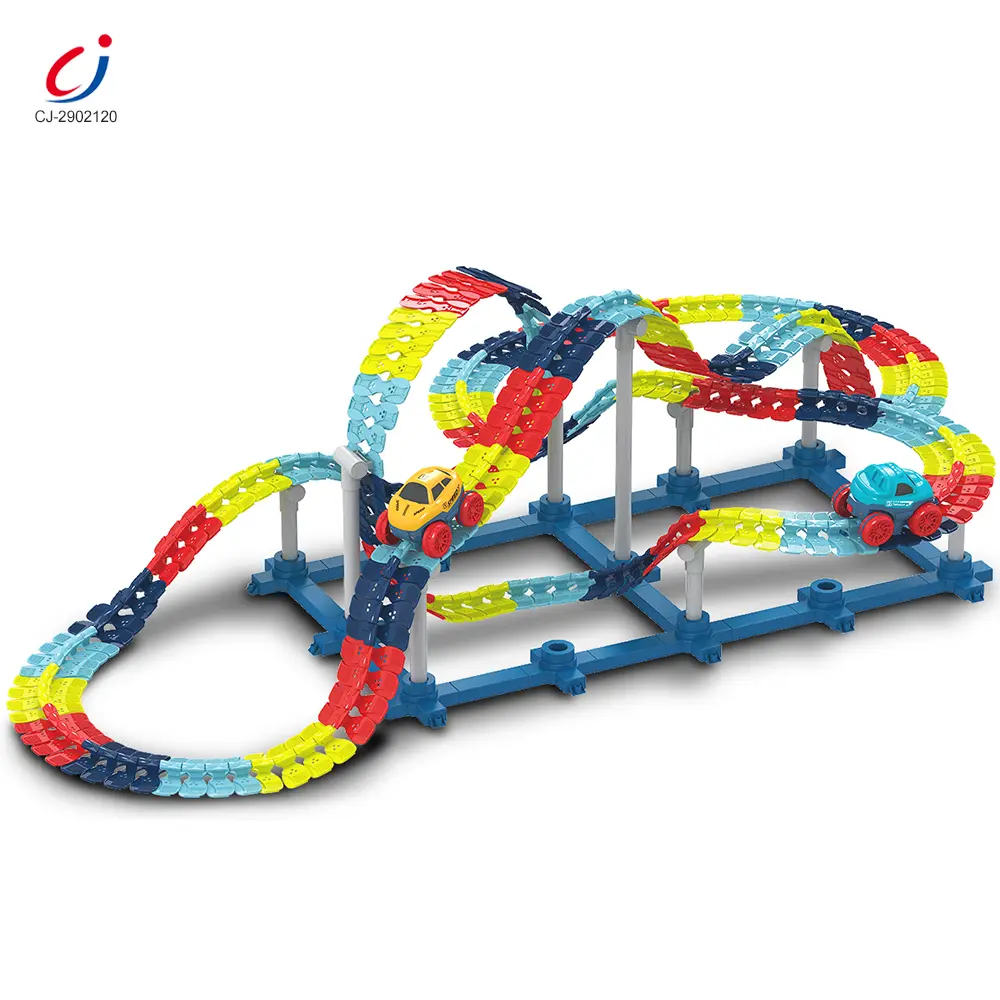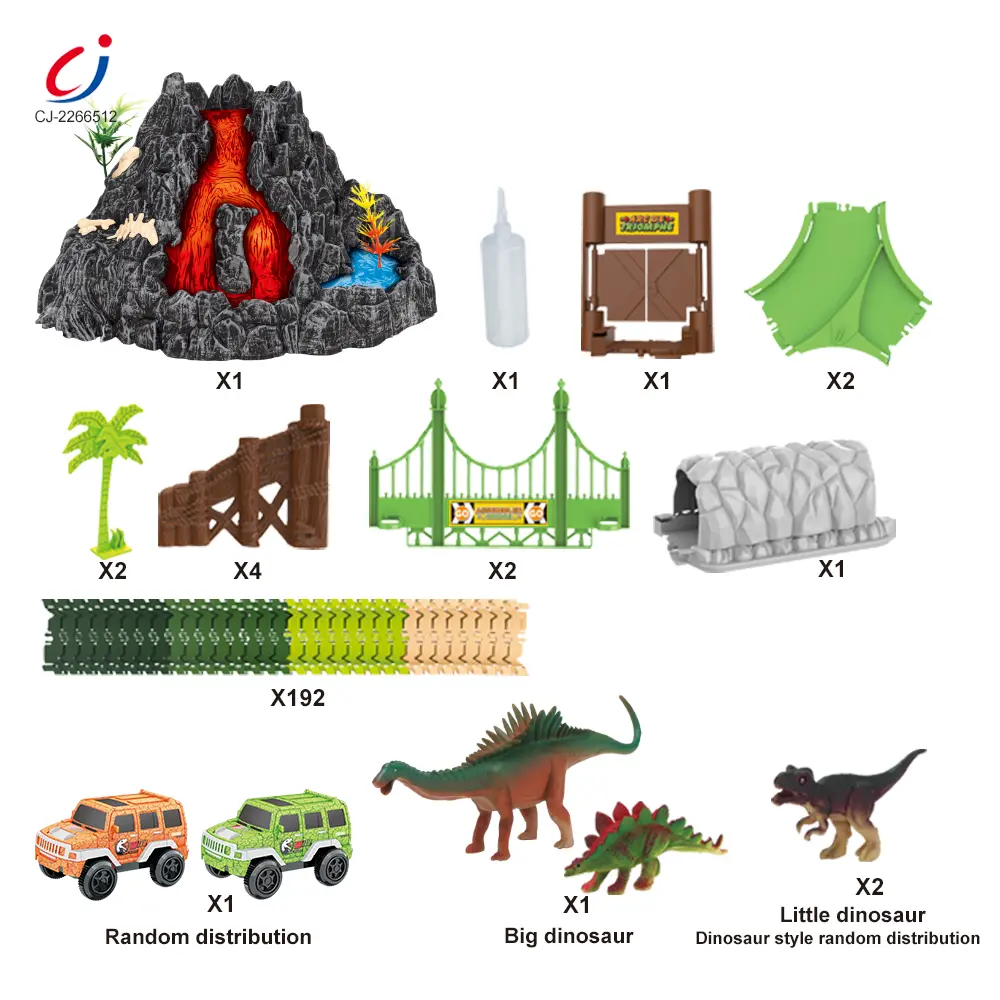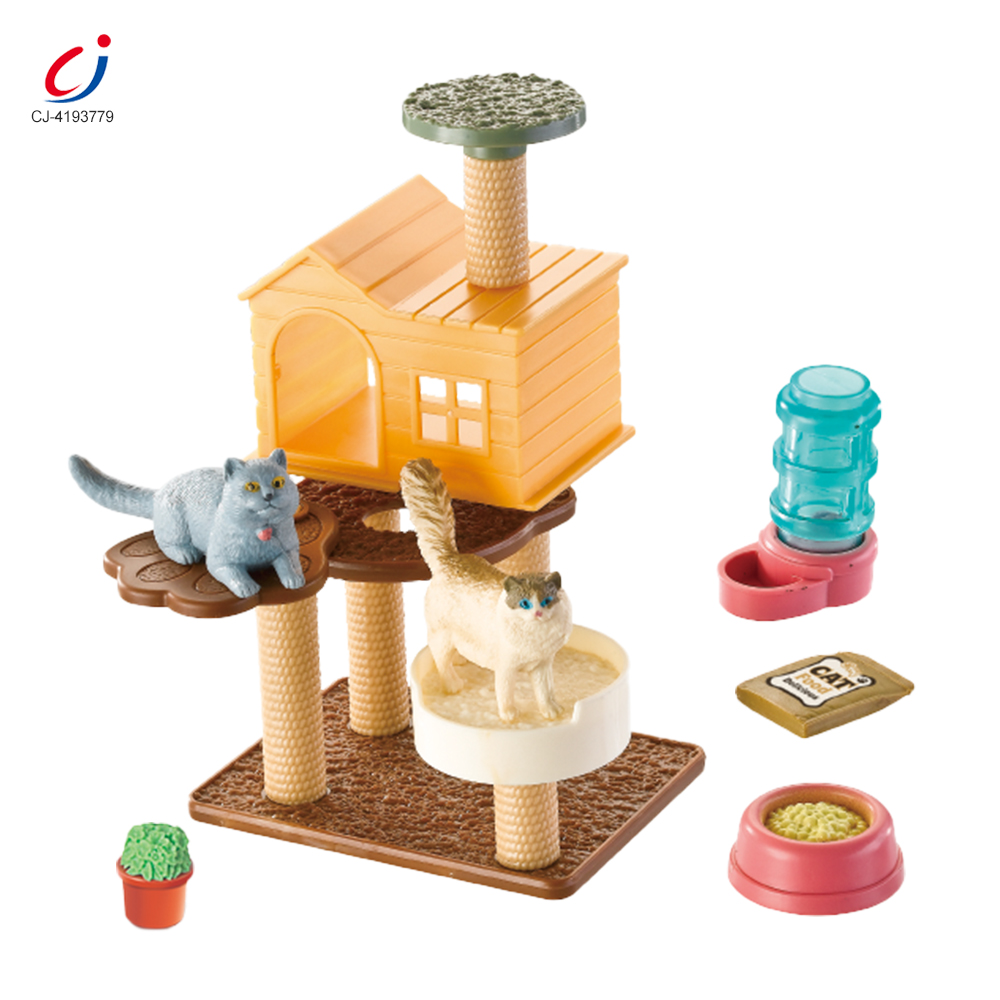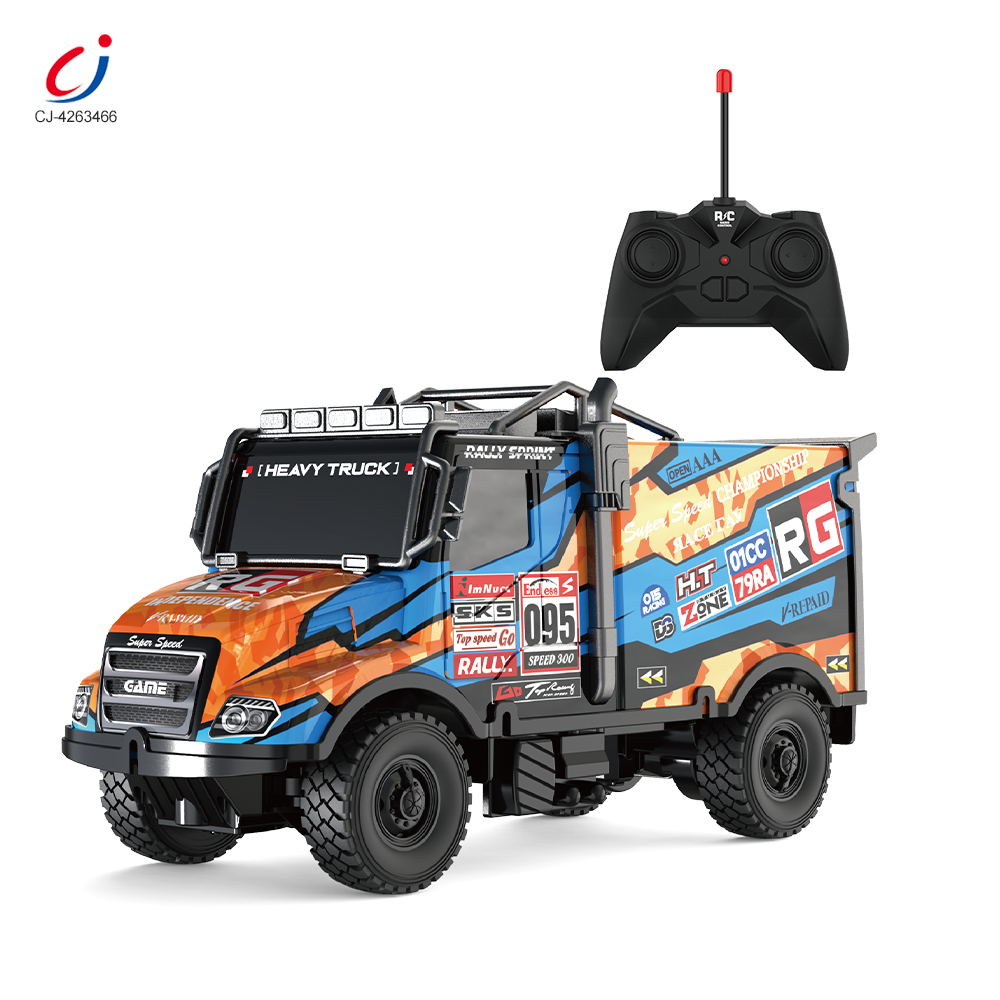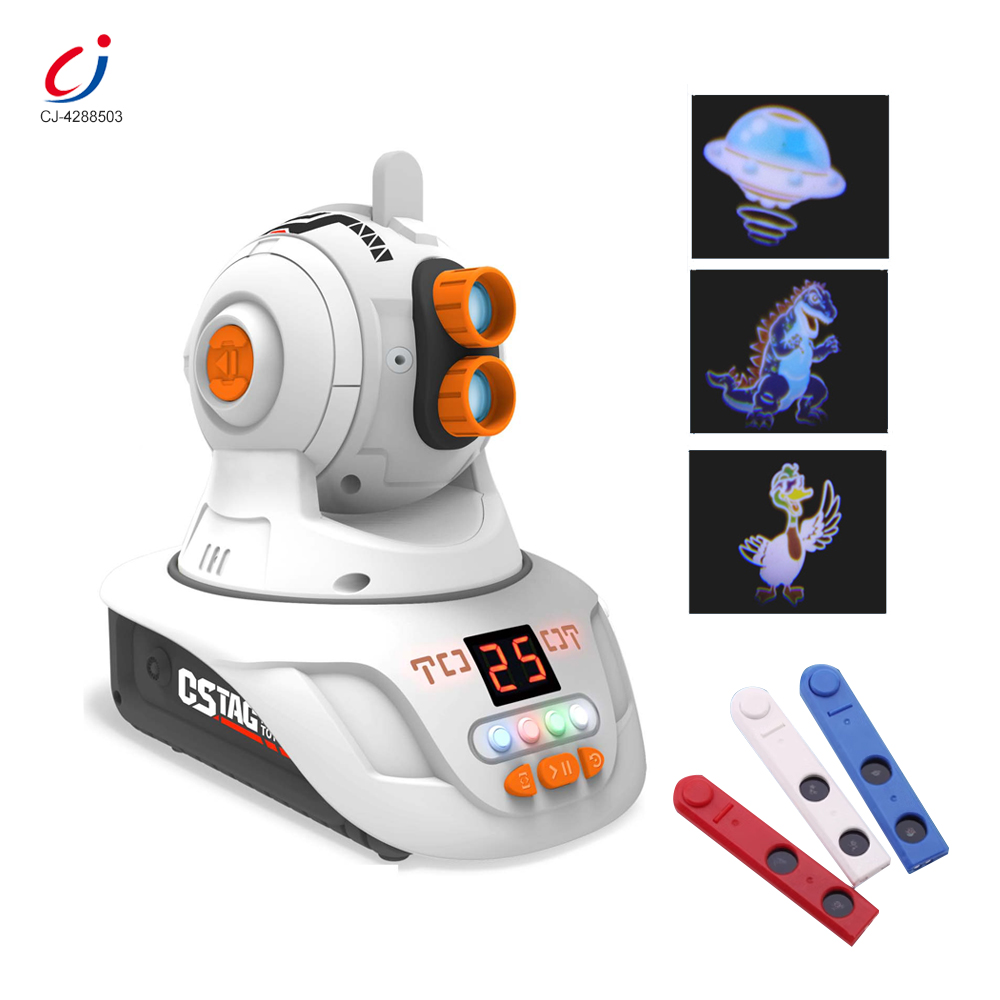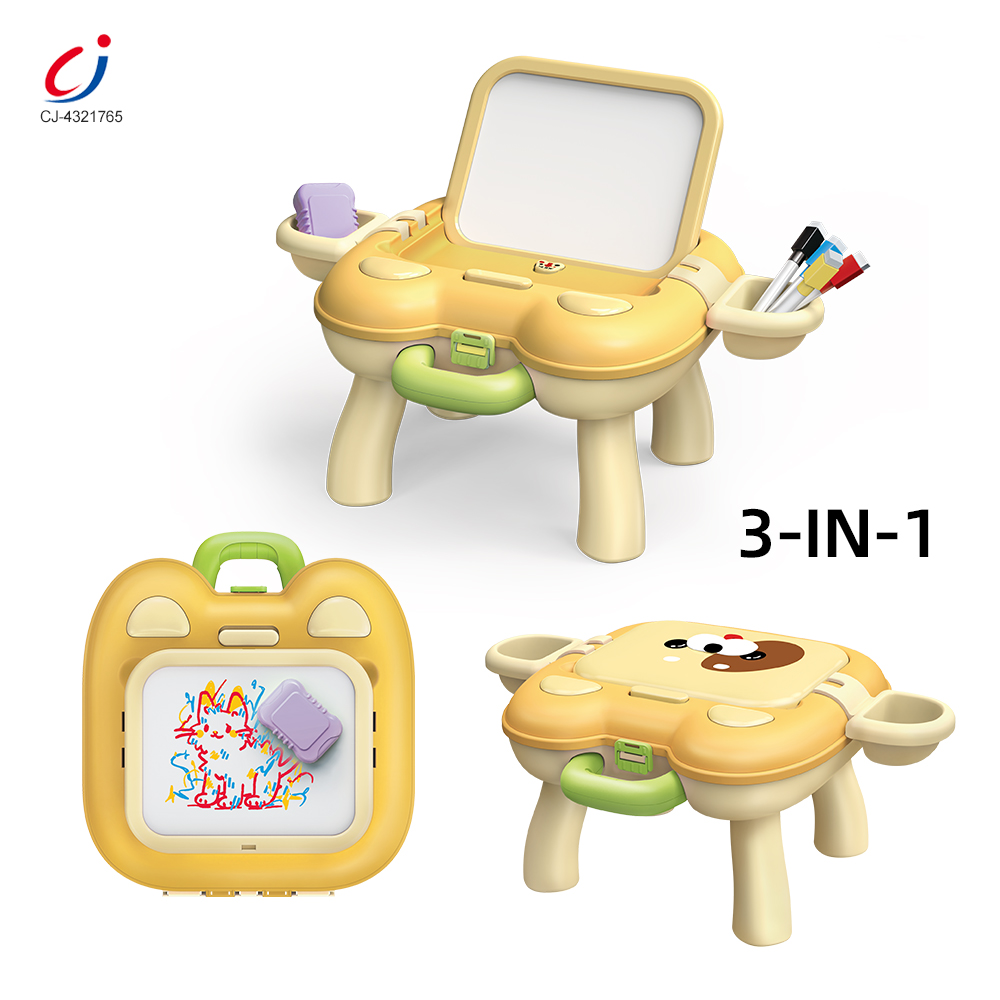A track toy is more than a vehicle on a loop — it’s a social engine. Its modular design makes the goal of making the vehicle run rather clear. This is a great chance for kids to naturally encourage children to collaborate: handing pieces to each other, negotiating layouts, and taking turns testing runs.
로서 최고의 장난감 공급업체, 청지 delivered this article to explain why track toys are excellent for group play, give practical cooperative activities, and offer design and facilitation tips for parents, educators, and toy makers.
Why a Track Toy Invites Social Play
Three simple features make track toys social magnets:
- Shared goal & instant feedback. When a group finishes assembling a circuit and the car runs, everyone experiences success together — a clear, shared reward. This visible and synchronized positive feedback greatly enhances the value of teamwork.
- Low barrier to participation. Snap connectors and large pieces let even young kids contribute meaningfully. This ensures that every child in the team can have a sense of participation and achievement.
- Natural role differentiation. Building, testing, fixing, timing — kids can split tasks without adult micromanagement. Independent division of labor exercises team organization and management skills.
Because progress is visible (you can see where a track fails), teams quickly learn to communicate: “Move this piece,” “Try another angle,” or “Check the connector.” That back-and-forth trains cooperative language and practical problem-solving.
Social Skills By Age: What to Expect
- 2–4 years (parallel & simple cooperation): Children play side-by-side, pass pieces, and imitate actions. Expect helping behaviors like handing blocks and watching runs together.
- 4–6 years (emergent collaboration): Kids begin to plan a short layout together, trade roles, and take turns to test the car.
- 6–9 years (coordinated teamwork): Groups design complex routes, assign roles (designer, builder, tester), and solve structural problems collaboratively.
- 9+ years (project-based collaboration): Older kids work on engineering challenges — timed races, obstacle courses, or thematic storytracks.
Mapping activities to these bands ensures success and prevents frustration.
5 Cooperative Formats to Unlock the Team Potential of Track Toys
Each activity includes group size, time, materials, and the learning aim.
- Team Build Challenge
- Group size: 3–6 | Time: 20–30 min
- Materials: equal track packs per team, 1 car each
- Goal: First team to build a working 3-loop circuit wins.
- Learning: Time management, planning, and division of labor.
- Relay Test Runs
- Group size: 4–8 | Time: 15–25 min
- Materials: a long track, 1 car
- Rules: Each child adds one segment, then passes the car. If the run fails, the last builder fixes it.
- Learning: Turn-taking, responsibility, cause-and-effect.
- Problem-Solve Mission
- Group size: 3–5 | Time: 20–40 min
- Setup: Instructor removes 2 connectors or misaligns a ramp.
- Task: Team diagnoses and repairs within the time limit.
- Learning: Diagnostic reasoning, collaborative troubleshooting.
- Storytrack
- Group size: 3–6 | Time: 30–45 min
- Materials: tracks + props (bridges, figures)
- Task: Build a route that represents a story (village → river → mountain) and narrate during the run.
- Learning: Narrative sequencing, role-play, creativity.
- Expansion Workshop (multi-session)
- Group size: classroom | Time: 3 sessions × 40 min
- Progression: Week 1 basic build → Week 2 add mechanisms (launchers) → Week 3 timed challenges.
- Learning: Iterative design, documentation, and peer review.
Facilitation Tips for Parents & Educators
- Set simple rules and rotate roles every 5–10 minutes (Designer, Builder, Tester, Quality Checker).
- Use role cards to scaffold participation for shy or younger kids.
- Encourage verbal planning: Ask “How will we connect the bridge?” before building.
- Praise collaborative behavior, not just finished tracks: “Great listening — that helped the car pass!”
- Step back: intervene only to scaffold rather than solve problems, so children practice negotiation.
These small scaffolds turn chaotic play into meaningful teamwork practice.
Design Recommendations for Manufacturers
To maximize collaborative play, track toy designers should consider:
- Modularity: Standardized snap connectors and interchangeable modules let groups expand layouts easily.
- Scalability: Starter kits with affordable expansion packs encourage classroom or family buys.
- Durability: Large, rounded pieces that survive repeated assembly and rough handling.
- Color-coding & icons: Use colors or symbols to indicate function (red = curve, blue = bridge) so teams can plan quickly.
- Loose parts for storytelling: Flags, mini-figures, and signs add narrative hooks and role opportunities.
- Storage & portability: Labeled trays or bags for group settings (preschool, playcafé).
- Safety-first sizing: Avoid small choking hazards for younger age bands while allowing complexity for older kids.
These features boost both play value and commercial appeal — schools and retailers particularly prize kits that scale from single-table demos to whole-class projects.
Retail & Marketing Opportunities
- In-store demo tables: Weekend family build sessions increase dwell time and sales.
- Team packs: Sell starter + “team expansion” bundles to boost AOV.
- Content ideas: Share short videos of kids collaborating on a giant track — ideal for social proof.
- B2B outreach: Market classroom kits and teacher guides to preschools and activity centers.
Track toys that encourage group play, convert browsers into buyers — customers often buy expansions after seeing friends build together.
What Desirable Outcome Looks Like
When track toys boost collaboration, you’ll see:
- Increased sharing rate and smoother role swaps.
- More verbal planning and fewer solitary builds.
- Higher dwell time at demo tables and better conversion to sales.
- Classroom gains: improved sequencing, peer negotiation, and problem-solving.
These are both developmental wins for children and business wins for sellers.
결론
A well-designed track toy does more than entertain — it scaffolds cooperation, turn-taking, and joint problem solving. For parents and educators, simple facilitation (role rotation, open prompts) turns playtime into a social learning lab. For manufacturers and retailers, modular, durable, and demo-friendly kits drive educational value and stronger sales.
청지 소개

Looking for a dependable partner in the toy market? 청지, a 최고의 장난감 공급업체, is your bulk toy supply partner. We offer wholesale track toys and develop 맞춤형 장난감 솔루션 for brands and distributors worldwide. Based on our fast speed production line and responsive support, we help you bring new ideas to shelves faster and with confidence.


